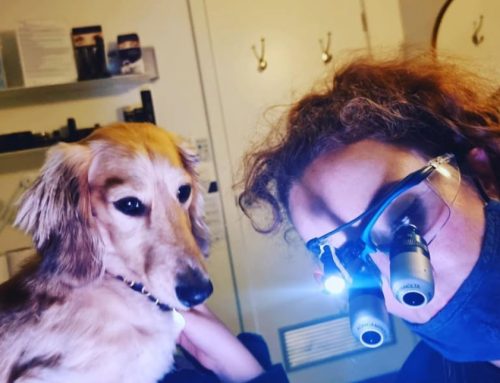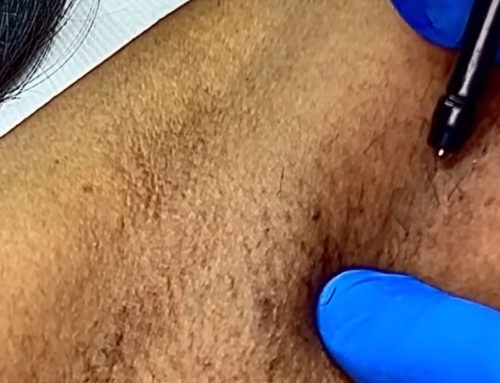For those of you unfamiliar with the term melasma, this refers to a chronic skin pigmentation condition. It is usually identified by block pigmentation (rather than irregular freckling), appearing in a symmetrical/mirror image pattern on the face, much like a butterfly. It’s this unusual pattern that earns itself the nickname ‘the mask of pregnancy’. That being said, melasma can take up residence on other parts of your face, including the forehead, cheeks, upper lip and jawline.
Melasma Myth – You cannot treat melasma
This is actually more complex than many of us realise, in short, you can treat melasma however we must learn to manage our expectations. This is due to a number of reasons, including:
- Location of melasma (dermal vs epidermal)
- Cause of melasma
- Treatment modality used
While we can physically treat the skin condition, it is unlikely that the pigment is completely and permanently removed. Allow MM to expand on the above points.
Location – melasma can reside in different layers of our skin, including both the dermis and the epidermis. Any pigment within the dermis cannot be treated as it is now a permanent feature, whereas pigment within the epidermis can be treated and the outcome will depend on the other factors we will discuss. How do you know if you have epidermal or dermal melasma? In truth many people have a combination of both. Melasma present in the epidermis will have darker brown colour and a well-defined border whereas melasma within the dermis will appear light brown in colour (or even have a blueish tint) and it will have a less defined border, it can almost look distant within the skin.
Cause – melasma is often typecast to being pregnancy related, yet upon closer investigation the causes are vast. For many women it will first appear while they are pregnant hence the common conception. However, melasma can occur whenever there is overstimulation to the melanocyte cell, within this cell the melanosomes produce excess pigment and then deposit the pigment into neighbouring skin cells (keratinocytes) resulting in dark brown patches of skin. Factors that can cause melasma or stimulate the melanoctyes into overdrive include:
- Genetic predisposition (certain ethnicities are more prone)
- Sun exposure
- Hormonal changes (pregnancy)
- Some medications
- Some hormonal contraceptives
- Hypothyroidism
Treatment modality – it is true that certain treatments should not be used to treat melasma. These can include heat inducing treatments, as the heat itself can act as a catalyst for the melanin producing cells (melanocytes) forcing them into overdrive thereby increasing pigment production. Additionally, even suitable treatments performed prior to adequately prepping of the skin can be counterproductive for treatment of melasma






